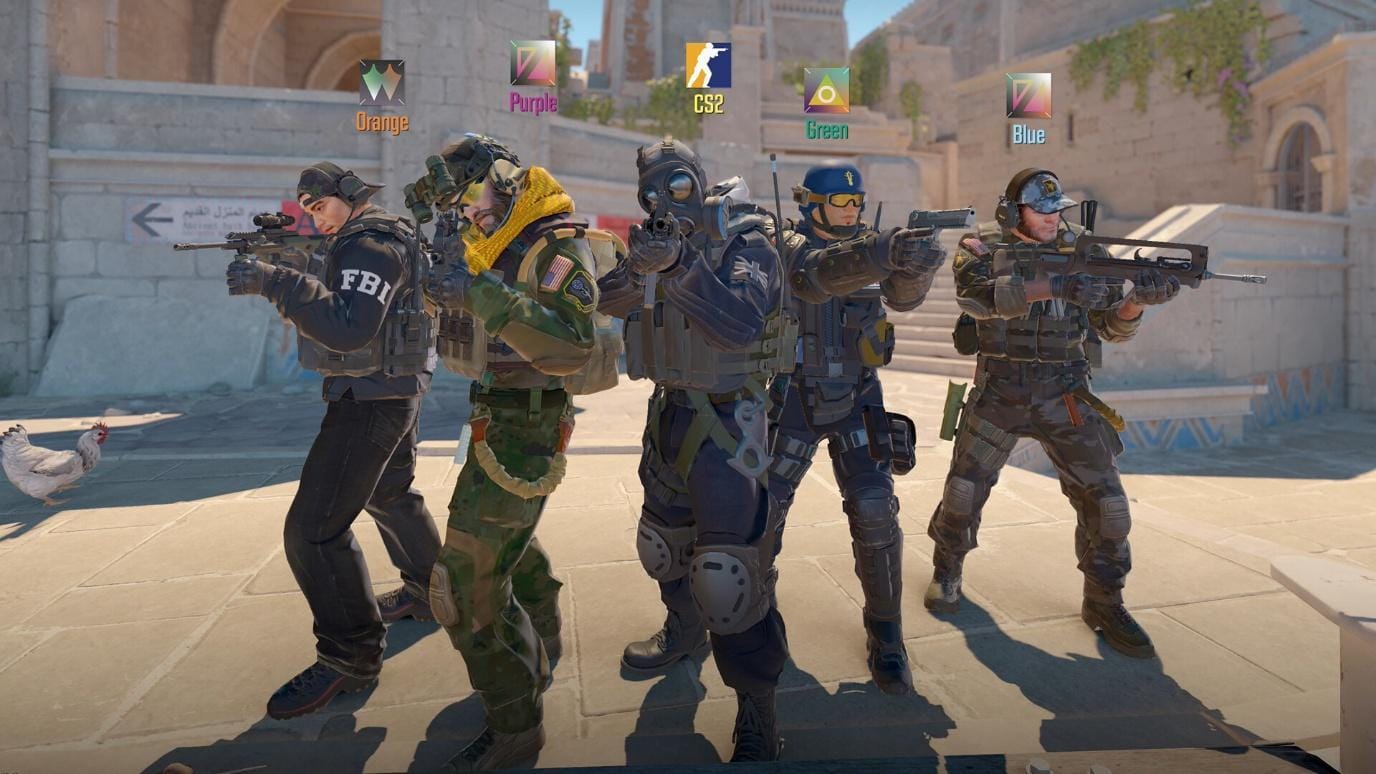

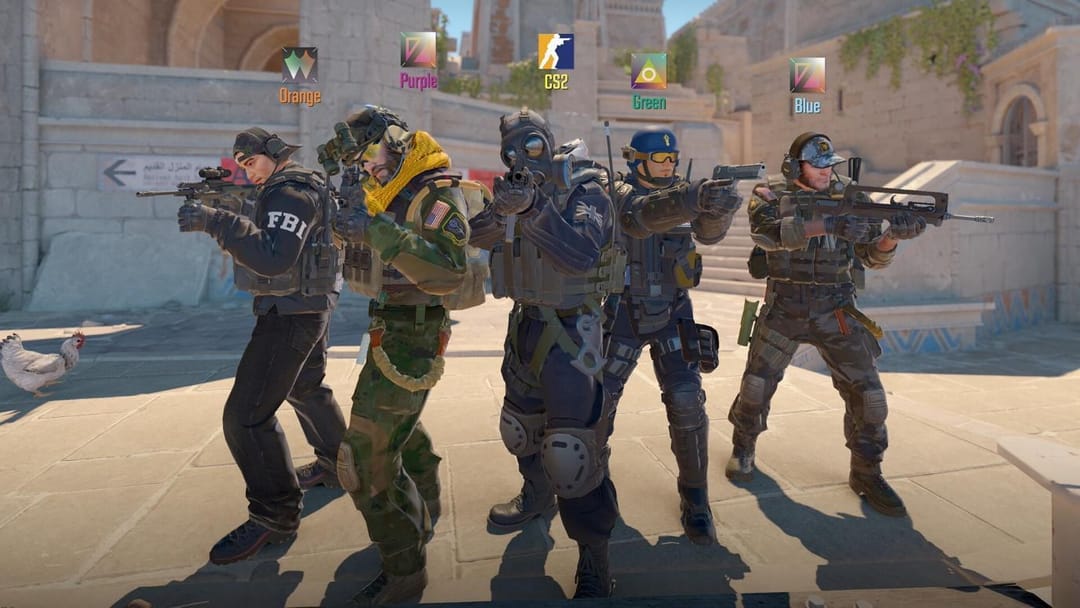
In CS2, most of the breakdowns happen in between rounds, not just during them. Players call half a strat, stall the rotation, or take space without tracking timing.
You can’t fix that with better aim.
A CS2 coach steps in at the layer most players ignore, where communication, positioning, and map awareness break down across three or four people at once.
The coach points out when the team stops seeing the round the same way. They track what gets called, what gets missed, and how each player responds once the plan breaks.
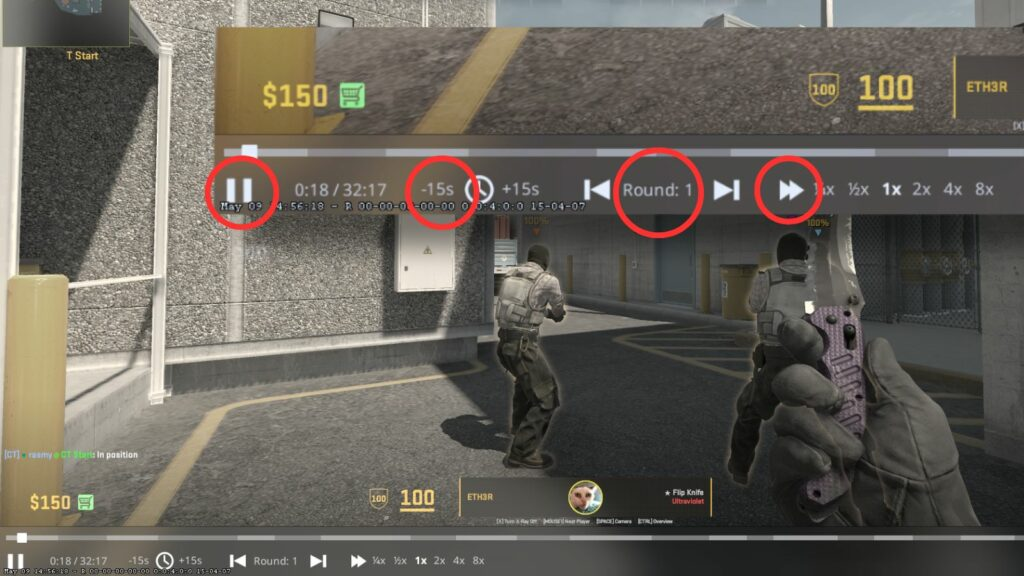
New coaches often jump straight into utility lineups or post-plant holds. But if the squad isn’t clearing properly or they’re peeking before flash timings land, that knowledge won’t land. Before any talk of setups, a coach needs to figure out how the team takes space, how they trade, and who’s calling tempo.
A single VOD shows most of that in under ten rounds. The coach watches the spacing, the audio discipline, and who’s still alive during failed hits. Fixing those pieces changes more than a new angle ever will.
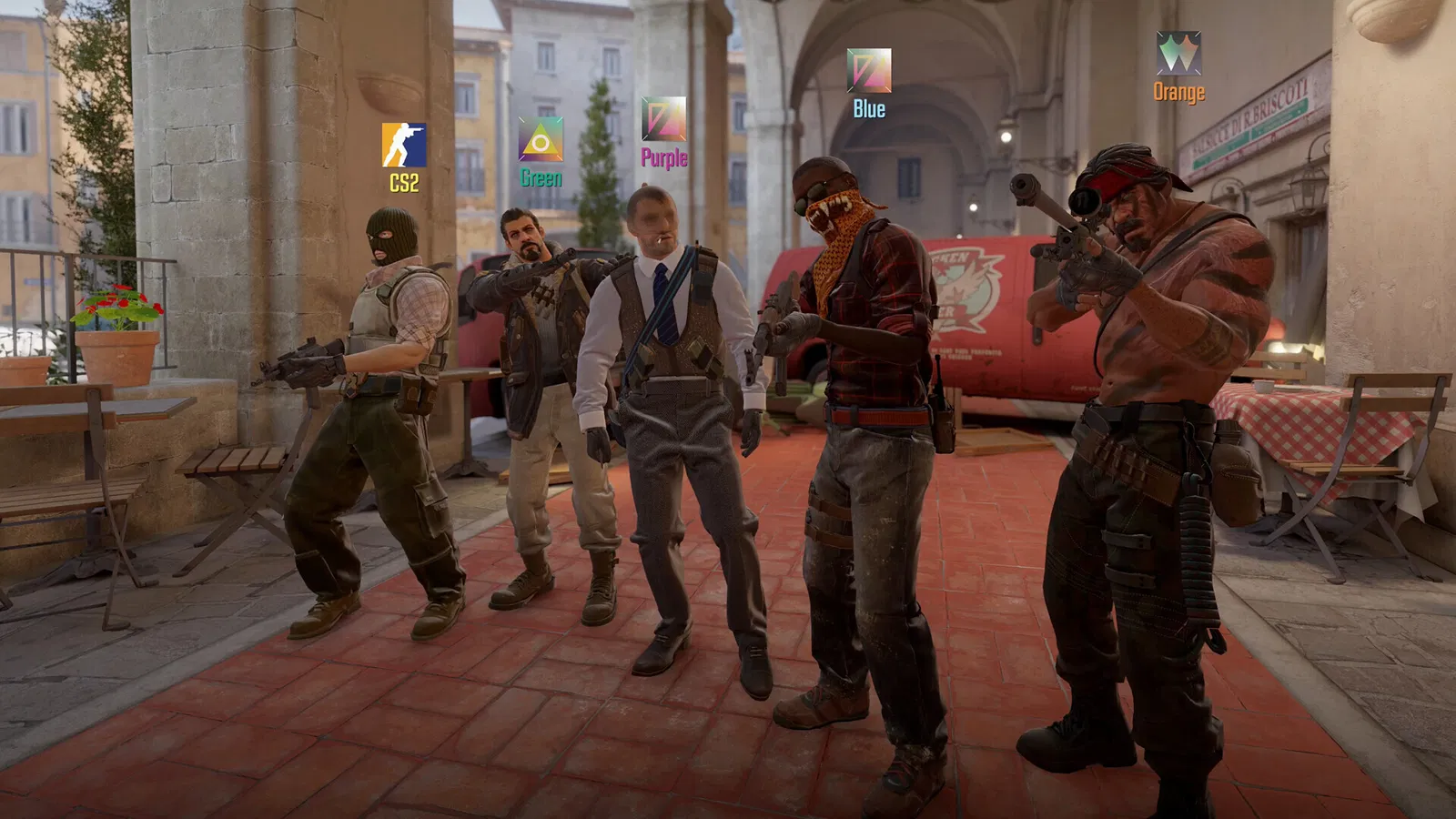
In lower ranks, coaching might focus on defaults and economy awareness. Players forget to buy nades or overcommit early without info. Your coach might run dry map reviews or simulate mid-round decision trees just to get players thinking in terms of options.
In higher ranks or structured teams, you’ll break down rotates, split timings, and how to condition certain setups over a series. The format shifts depending on how well the player or group already reads the game.
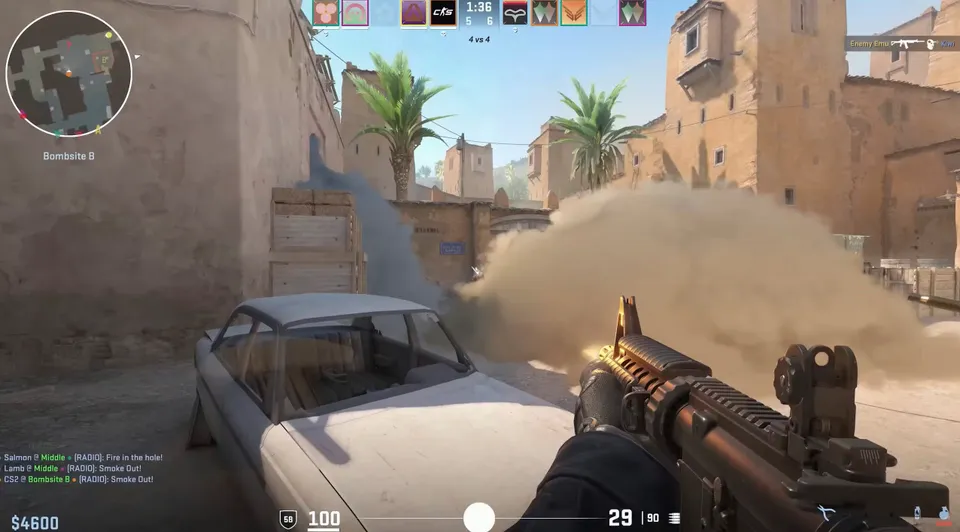
Watching a scrim or ranked session in real time shows what replays don’t. Players change behavior under pressure or go into autopilot mode. After the match, they bring up the exact moment things slipped. Each player explains what they saw, what they expected, and where it shifted. Feedback should match the position and the moment.
The rifler anchoring site isn’t solving the same problems as the IGL managing tempo. The CS2 coach tracks where roles start to slip and isolates the point where that shift begins. If the comms dropped or spacing fell apart, that’s the moment to walk back through. Teams that skip that part end up dragging the same issue into the next match without seeing why it keeps happening.
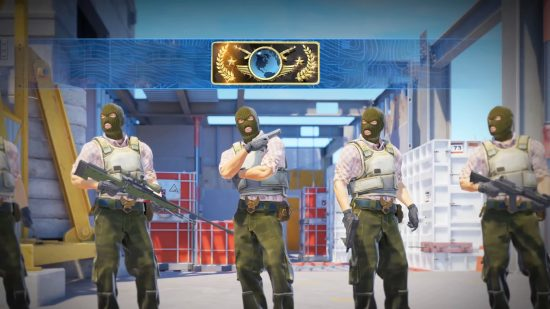
A CS2 coach doesn’t micromanage every second of gameplay; instead, a coach’s worth lies in analysing the split-second details that determine the outcome of a round.
The job is to tighten up the timing, clear the clutter, and help players commit to better decisions. If it’s a solo player looking to break past a ceiling, or a five-stack trying to prep for a bracket run, coaching adds structure where the scrims stop helping.
Coaches help players build a round they can trust under pressure.
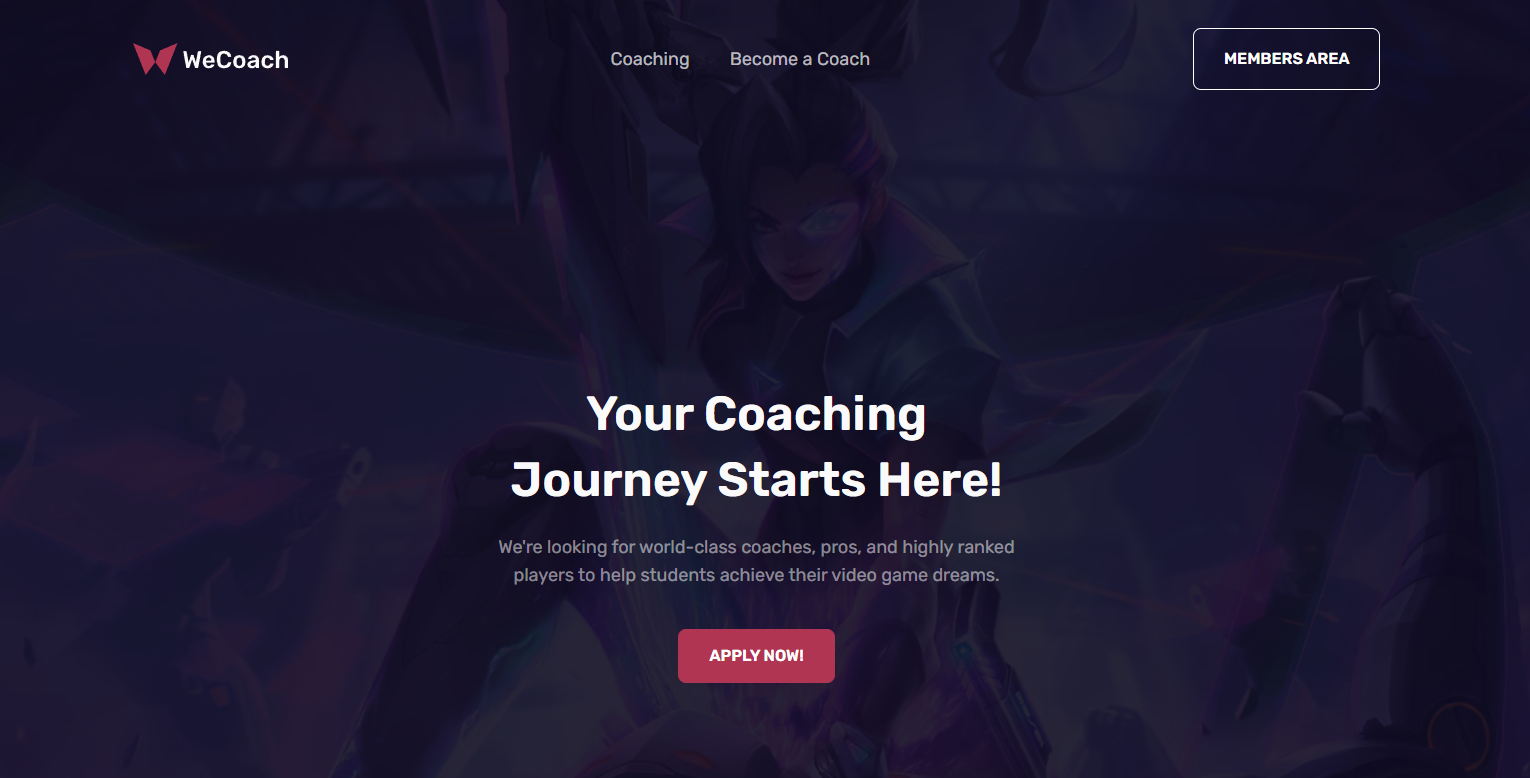
Before you can effectively teach others, you must possess a deep and demonstrable understanding of the game that goes far beyond mechanical skill. Your true value as a coach is your ability to see the strategic layer that most players miss. This expertise includes a mastery of game sense, such as recognising optimal positioning, understanding rotation timings, navigating complex economic strategies, and making correct mid-round decisions.
You must also be fluent in the specific responsibilities of every role on a team, from the IGL and AWPer to the entry fragger and support player, so you can offer tailored advice.
While not strictly necessary, achieving a high rank in Premier or on Faceit provides instant credibility, proving you can successfully execute the advanced concepts you intend to teach.
Ultimately, you should develop a distinct coaching philosophy, whether it’s based on aggressive space-taking or methodical information gathering, as this will provide a consistent framework for your lessons.
A professional approach to coaching requires structure, so you should avoid simply jumping into a game and giving commands.
The most common and effective method is the VOD (Video on Demand) review. You begin by asking the player or team to provide a recording of a recent competitive match, preferably a close loss where mistakes are most apparent.
During the review, you should analyse key areas: their economic decisions, their positioning and crosshair placement, the purpose and impact of their utility usage, and their mid-round adaptability when a plan fails. If you have access to their voice communications, you can also assess the clarity and usefulness of their calls.
A more advanced technique is live coaching, where you join a voice call to observe an individual or team during a match. Your role here is to observe how they handle pressure and communicate, giving real-time feedback or saving detailed feedback for a debrief after the game.
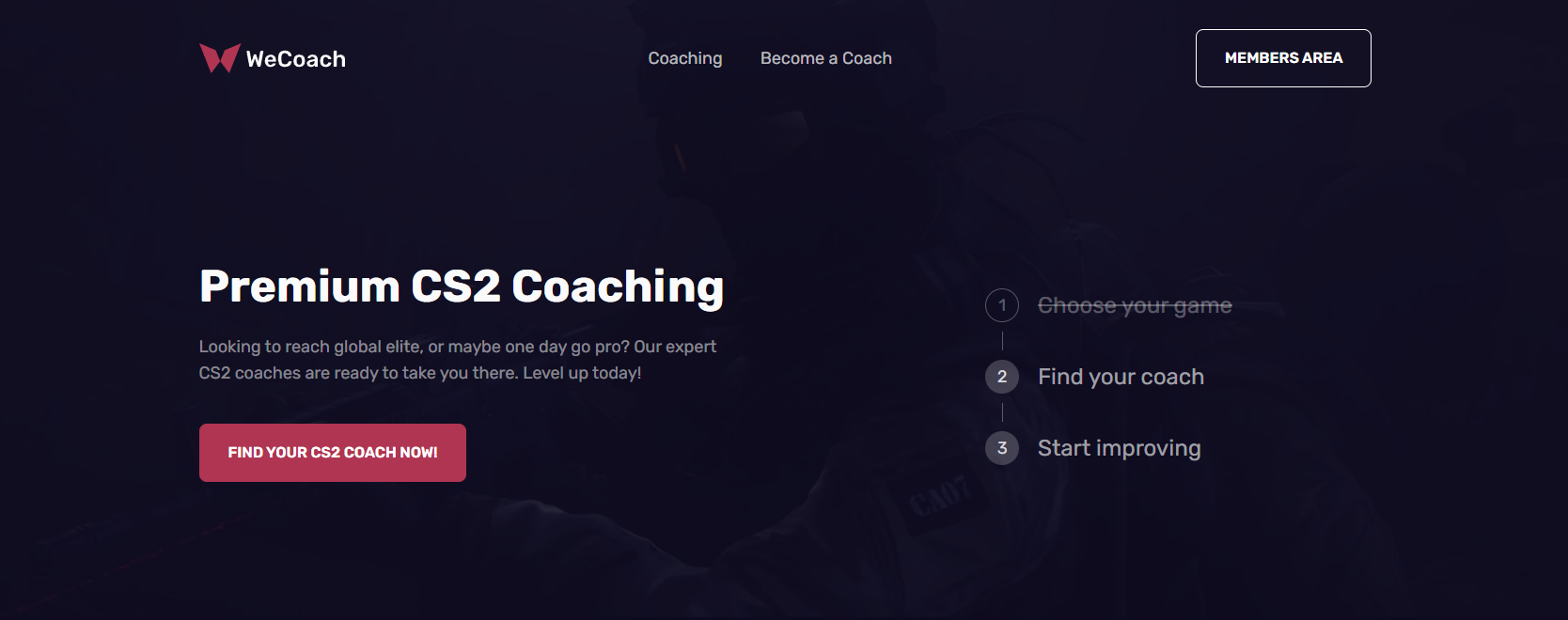
With your knowledge established and a plan in place, the next step is to find students.
The best way to begin is by offering free VOD reviews to friends or existing teammates. This provides a low-pressure environment to practice your methods, gather feedback, and build your confidence.
From there, you can move into online communities like Discord or Reddit. Rather than just advertising your services, provide value first by posting insightful analysis of a pro match or offering a free review to players seeking help.
Once you have some experience and positive testimonials, you can create a profile on a dedicated coaching platform like wecoach.gg. These services streamline the process by handling booking, payments, and 24/7 support, which allows you to focus entirely on coaching.
While it can be tempting to charge for your services immediately, the most sustainable path involves building a reputation first. It's a common and effective strategy to offer your first few sessions for free in exchange for an honest testimonial, which you can then use to build a portfolio.
When you are ready to start charging, a typical starting rate for a new freelance coach is between $10 and $20 per hour-long session.
As you accumulate experience, gather positive reviews, and build a proven track record of helping players improve, you can confidently increase your rates. Experienced coaches, especially those on established platforms, often charge $30 to $50 or more per hour. Your price should always reflect your experience and the tangible value you provide to your students.
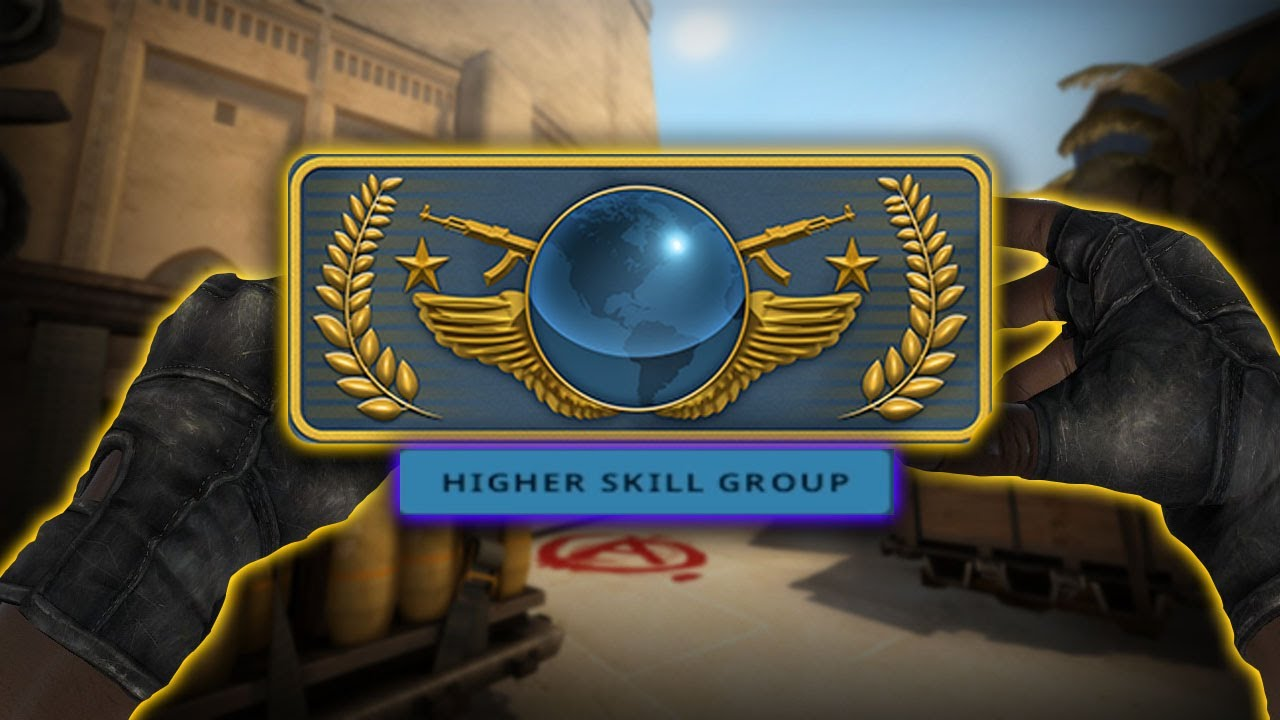
To begin your journey, first turn a critical eye on your own gameplay. Record and analyse one of your matches as if you were coaching yourself, identifying key areas for improvement to practice your analytical process.
Once you are comfortable, offer a free VOD review to a friend or a player from an online community. During that first session, concentrate on delivering two or three major, constructive points to avoid overwhelming them.
If the player found the session helpful, politely ask for a brief testimonial. You can then leverage this positive feedback to build a simple coaching profile on social media or a dedicated platform, which will be instrumental in attracting your first paying clients.